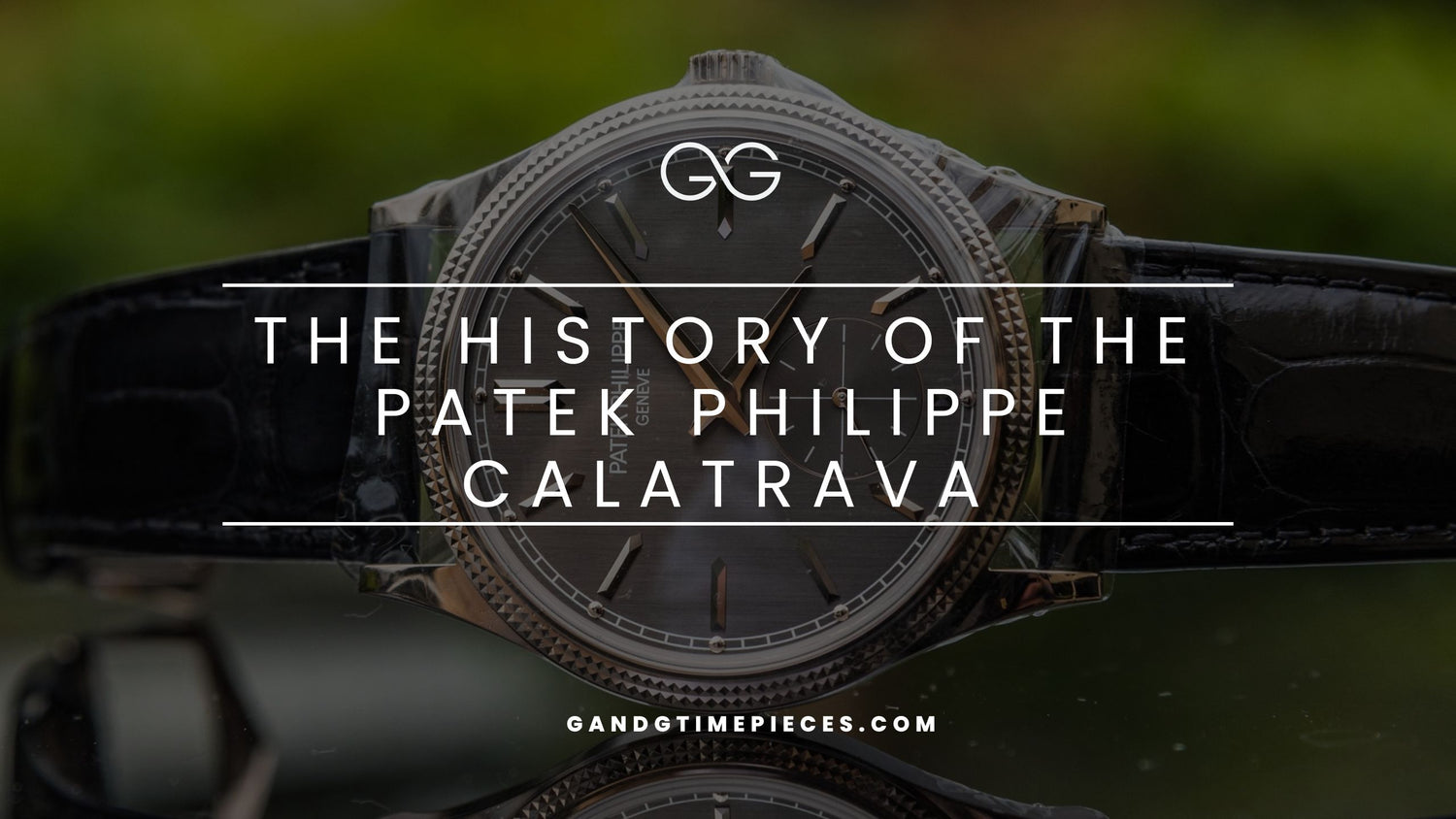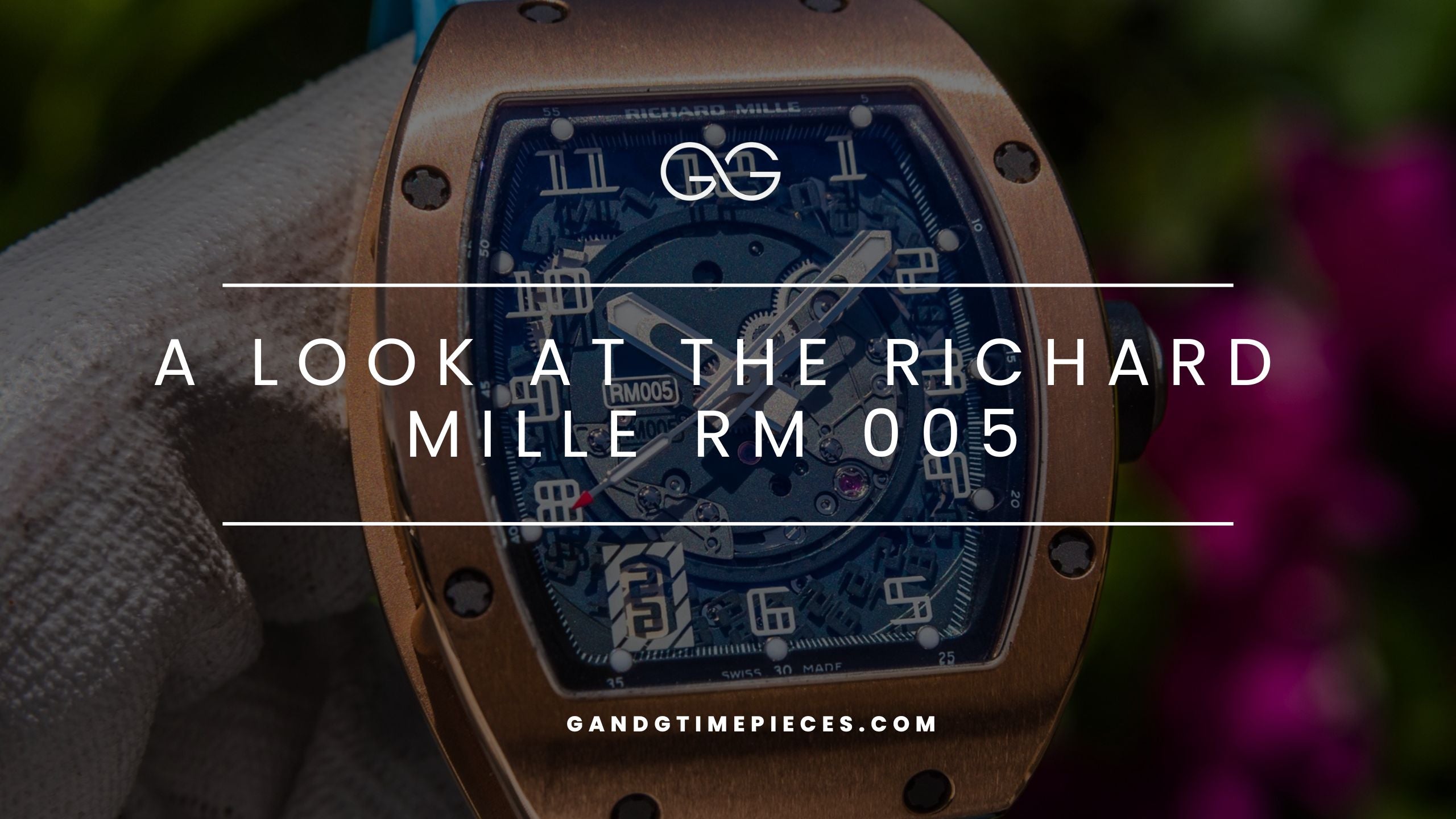Designed in the Great Depression, the Calatrava's design philosophy is grounded in the principle of the Bauhaus movement: form follows function. Over the years, the Calatrava has seen different iterations, each staying true to the original vision while using subtle advancements in watchmaking technology.
Key Takeaways:
-
Heritage: The Calatrava line, originating during the Great Depression, epitomizes the Bauhaus principle of "form follows function," maintaining its design across decades through subtle technological advancements.
-
Innovation: Despite early financial challenges, Patek Philippe's introduction of the Calatrava in the 1930s marked a fresh organizational approach with model numbers starting with Ref. 96, and included significant technical contributions such as their first in-house movement, the calibre 120.
-
Evolution: The Calatrava collection has expanded over the years from its basic time-only models to include more complex designs like the two-time zone chronographs and annual calendars.
Where The Name Came From
"Calatrava" comes from a Spanish castle and a knightly order formed in 1157 to protect it. In 1887, Patek Philippe chose this emblem as a trademark. It's unclear why, but they didn't use it much until the 1980s. Looking back, the term "Calatrava" now refers to their basic watches from the 1930s, starting with Reference 96.
A Fresh Start
By the late 1920s, Patek Philippe faced financial problems despite crafting innovative wristwatches like a ladies' five-minute repeater, a split-second chronograph, and a perpetual calendar. The Great Depression had dealt a harsh blow, pushing the need for investment.
In 1932, hope arrived through the Stern Brothers, Henri and Jean, owners of Patek Philippe's dial suppliers. They brought in Jean Pfister, formerly of the successful Tavannes watch company. In the midst of the Great Depression, the Ref. 96 emerged—not yet a Calatrava, but the start of what it would become.
Prior to this, Patek Philippe had cataloged their watches individually by case number. The Sterns, through Ref. 96, introduced organization and structure, beginning in the concept of model numbers to streamline the company's offerings.
The Calatrava Cross

The Calatrava Cross, originating from Spain's Calatrava Castle, is a symbol of bravery and devotion. It features a red Greek cross with fleur-de-lis ends, representing the knights who defended the castle. Patek Philippe adopted the Calatrava Cross as a trademark in 1887, alongside its name. Although the exact reason remains unclear, the cross has become an iconic symbol for the brand.
The Calatrava Reference 96
Contrary to online claims, the Ref. 96 wasn't crafted by David Penney in 1932, as he wouldn't be born for nearly two decades. This misconception arose from his name being found on illustrations of the Ref. 96, leading to false assumptions. While it's often lauded for its Bauhaus-inspired design—marked by clean lines and functional aesthetics—there's more to its story.
The Ref. 96 avoids a basic pad-print dial, going instead for a diamond-engraved motif filled with black lacquer and kiln-fired for durability. Its down-turned case lugs are integral to the case design rather than added as an afterthought.
Initially, movements for the Ref. 96 were sourced from LeCoultre, Patek Philippe's trusted supplier. However, in 1934, Patek Philippe developed its first in-house wristwatch movement, the calibre 120, specifically tailored for the Ref. 96.
The Patek Philippe Calatrava Collection
While the official application of the name "Calatrava" didn't occur until the 1980s, experts recognize certain defining features of older Calatrava watches. These include a slim, round case, a flat bezel, and simple, flat, down-turned lugs integrated into the case. Tracking the evolution of the Calatrava through various models, we can see these features:
Ref. 570 - Following the lines of the Ref. 96 but on a larger scale with a 35.5mm case.
Ref. 565 - Featuring either a small seconds dial or central seconds, this was the first water-resistant Calatrava with a screw-down case back, often seen in steel.
Ref. 2457 - Introduced to replace the Ref. 96, maintaining its diameter and proportions.
Ref. 2526 - Controversial among collectors regarding its Calatrava designation due to its dial design and lug variation, yet considered significant for its Calatrava-like features and being one of the first self-winding Patek Philippe watches.
Ref. 3520 - Considered an archetype for modern Calatrava iterations, featuring slimmer and straighter lugs, baton hands, and a hobnail bezel design.
Ref. 3960 - Created to celebrate Patek Philippe's 150th anniversary, featuring a hinged case back for movement viewing, screw bars on the lugs, and a distinctive bulbous crown.
Ref. 5000 - Revisiting the whimsical dials of Ref. 96 with radial Arabic numerals and a smaller 33mm case, while introducing a shifted seconds sub-dial.
Ref. 5117 - Representing a more sporty iteration in the 21st century, featuring a larger 37mm case, central sweep seconds hand, date indication, and protective guards on the case for the screw-down crown, offering a blend of classic elegance and utility.
The Modern Calatrava Collection

Today, Patek Philippe's Calatrava lineup comprises 13 straightforward models and six intricate complications, showcasing a range of timepieces. The Calatrava concept now extends to encompass larger 42mm two-time zone chronographs and annual calendars, alongside the traditional time-only models.
One notable example is the Ref. 5088/100P, which pays homage to decorative arts with its engraved dial featuring volutes and arabesques against a rich black enamel backdrop. While elements of the original Ref. 96, such as the flat bezel and downturned lugs, remain strong throughout the collection, the definition of a Calatrava has evolved in the 2020s.
Conclusion
The Patek Philippe Calatrava collection illustrates how classic design can evolve while staying true to its roots. Born during the Great Depression, the Calatrava line has maintained its Bauhaus principle of "form follows function" across decades. From the early Ref. 96 to today's intricate models, each piece combines traditional craftsmanship with modern technology.





